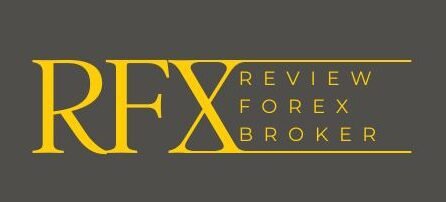Navigating the world of forex trading requires a clear understanding of the various fees and commissions charged by brokers. These costs can significantly impact your overall profitability, so it’s essential to be well-informed. Here’s a detailed look at the common types of fees and commissions you might encounter:
1. Spread
Definition: The spread is the difference between the bid price (what buyers are willing to pay) and the ask price (what sellers are asking for). It represents the Forex broker’s profit from the trade.
Types of Spreads:
- Fixed Spread: Remains constant regardless of market conditions.
- Variable Spread: Fluctuates based on market volatility and liquidity.
Impact: A narrower spread generally means lower Forex trading costs, which is beneficial for traders, especially those who trade frequently.
2. Commission
Definition: Some brokers charge a commission per trade in addition to or instead of the spread. This can be a fixed amount per trade or a percentage of the trade’s value.
Structure:
- Per Lot: A fixed fee per lot traded.
- Percentage-Based: A percentage of the trade value.
Impact: While spreads may be lower with commission-based brokers, the commission itself can add up, affecting the overall cost.
3. Swap or Rollover Fees
Definition: These are charges for holding positions overnight. They can either be positive or negative, depending on the interest rate differential between the currencies in the pair.
Calculation: Typically, brokers calculate swap fees based on the interest rate differential and the position size.
Impact: For long-term traders, swap fees can significantly affect profitability, either adding to costs or providing extra income.
4. Deposit and Withdrawal Fees
Definition: Brokers may charge fees for depositing funds into your trading account or withdrawing profits. These fees can vary depending on the payment method used (e.g., bank transfer, credit card, e-wallet).
Impact: High deposit and withdrawal fees can eat into your trading capital, so it’s crucial to consider these when choosing a broker.
5. Inactivity Fees
Definition: Some brokers charge a fee if your account remains inactive for a specified period. This fee is designed to encourage active trading.
Impact: If you don’t trade frequently, inactivity fees can add up, reducing your overall returns.
6. Account Fees
Definition: These include fees for maintaining your trading account, such as monthly or annual account fees.
Impact: While not all brokers charge account fees, those that do can add an extra cost to your Forex trading activities.

